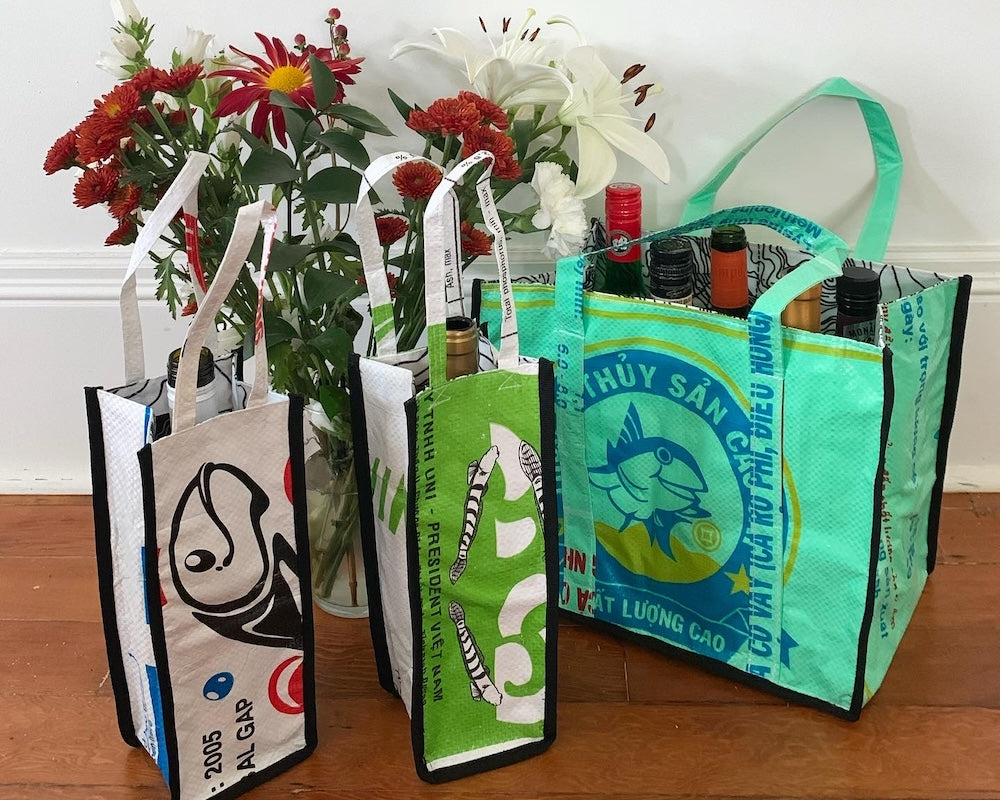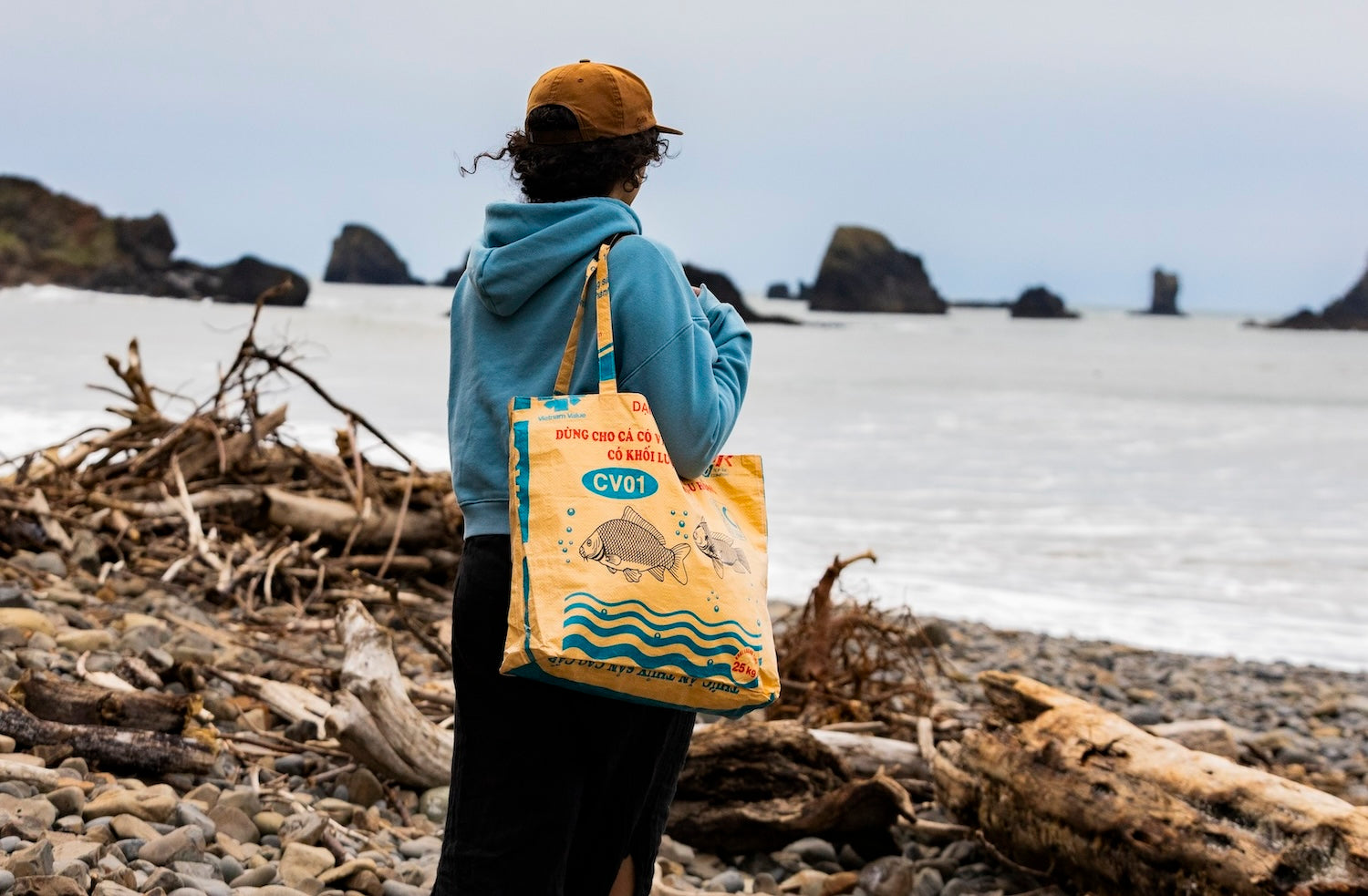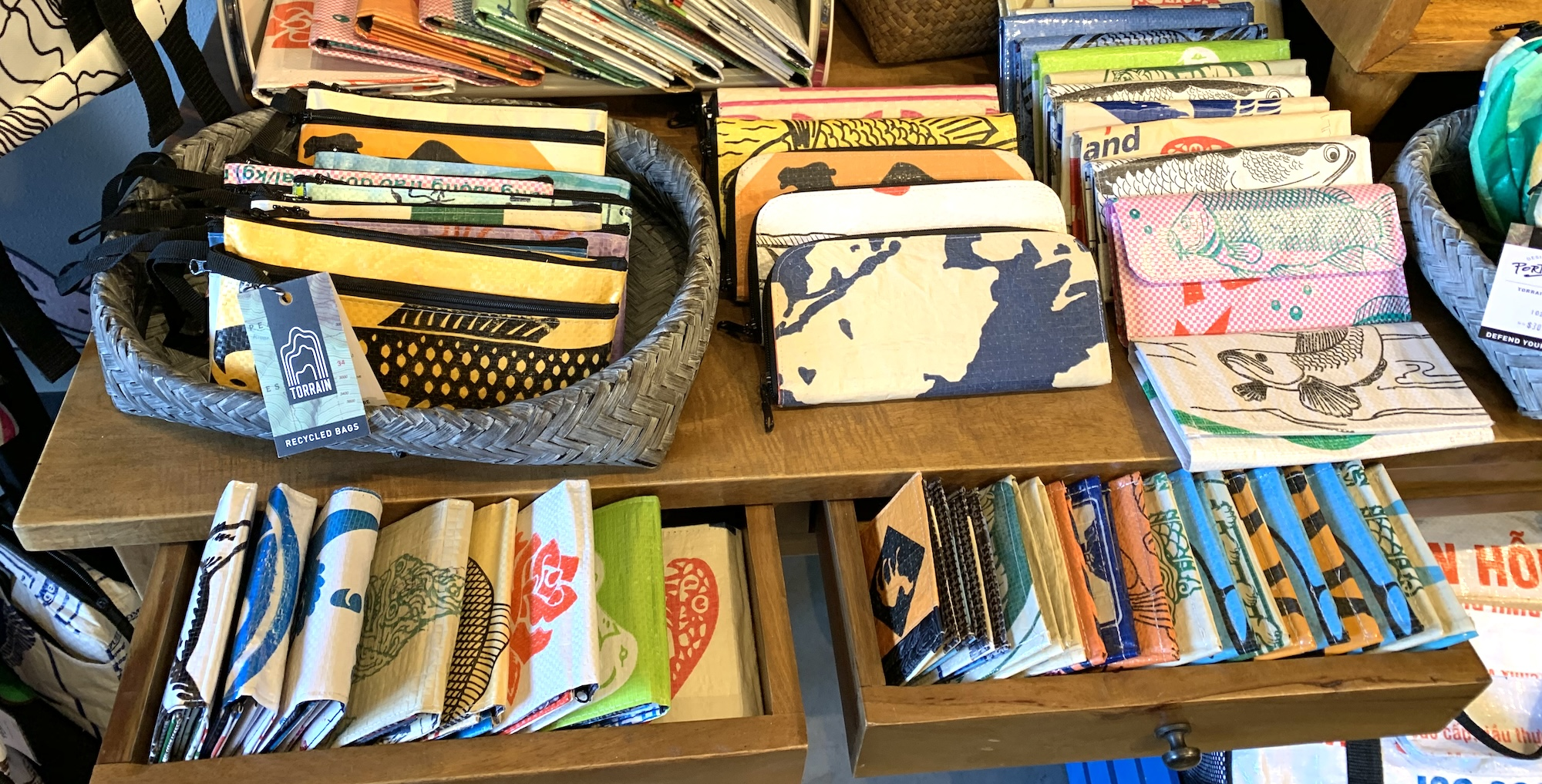When it comes to living sustainably, most people think about their own habits—reusable bags, composting, cutting down on single-use plastics. But if you share your home with a furry (or feathered, or scaly) companion, you’ve probably noticed just how much waste pet ownership can create. From plastic packaging on food and treats to the synthetic materials in beds and toys, the pet industry isn’t exactly known for being eco-conscious. The good news? There are plenty of ways to adopt a greener approach to pet care without sacrificing their comfort—or your sanity.
Rethinking Pet Food: Sustainable Choices for a Greener Bowl
Your pet’s food is one of the biggest areas where you can make a real impact. Many commercial pet foods rely on factory-farmed meat, excessive packaging, and ingredients that aren’t always ethically sourced. If you’re looking to cut down on your pet’s carbon pawprint, consider brands that use sustainably sourced proteins, alternative ingredients (like insect-based proteins), or even plant-based options if your pet’s diet allows for it. Buying in bulk or opting for recyclable or compostable packaging can also reduce waste. And if you’ve ever considered making homemade pet food, now’s the perfect time to start experimenting—just make sure to consult a vet first.
Toys and Accessories: Ditching Plastic for Natural Alternatives
It’s easy to get caught up in the excitement of buying your pet new toys, but many of them are made from plastic or synthetic materials that don’t break down easily. Instead, look for toys made from natural rubber, hemp, or recycled materials. There are also plenty of DIY options—old t-shirts can become tug toys, and cardboard boxes make excellent cat castles. The same goes for pet beds and collars; organic cotton, hemp, and recycled fibers are all great eco-friendly alternatives that still offer durability and comfort.
Waste Management: Dealing with the Inevitable in an Eco-Friendly Way
Let’s be real: pet waste is unavoidable, but how you handle it matters. For dog owners, biodegradable poop bags are an easy switch from plastic, but composting pet waste (when done safely) can take things a step further. If you’re a cat owner, consider ditching traditional clay litter—which is often strip-mined and full of chemicals—and opting for biodegradable options made from materials like wood, paper, or coconut husks. Even small pets like rabbits and guinea pigs can benefit from more sustainable bedding, such as recycled paper or straw instead of synthetic options.
Grooming Products: Clean Pets, Clean Conscience
Shampoos, flea treatments, and other grooming products often contain chemicals that aren’t great for the environment. Look for natural pet shampoos that use plant-based ingredients and come in biodegradable or refillable packaging. Even better, some brands offer solid shampoo bars, which eliminate the need for plastic bottles altogether. If you’re tackling flea prevention, consider natural alternatives like diatomaceous earth or herbal repellents, which are gentler on the environment than traditional treatments.
Vet Care and Wellness: A Holistic, Sustainable Approach
Routine vet visits and medications are a must, but there are ways to incorporate sustainability into your pet’s healthcare. Holistic treatments, such as acupuncture, herbal supplements, and homeopathy, can sometimes reduce the need for pharmaceuticals, which often come with packaging waste and chemical runoff. Some vets also offer telemedicine consultations, which can cut down on unnecessary trips and fuel consumption. When medication is necessary, ask your vet if they offer bulk prescriptions or recyclable pill bottles to minimize waste.
Secondhand and Upcycled Gear: Because Pets Don’t Care About Brand Names
Your pet doesn’t know (or care) if their bed, collar, or carrier is brand-new. Thrift stores, online marketplaces, and even shelters often have gently used pet gear that’s just as good as buying new. If you have old pet supplies you no longer need, consider donating them instead of tossing them. You can also get creative with upcycling—turning an old dresser drawer into a cozy pet bed or repurposing an old suitcase as a stylish carrier.
Supporting Eco-Friendly Brands: Using Your Buying Power for Good
One of the easiest ways to be a more sustainable pet owner is by supporting brands that prioritize the environment. Look for companies that use ethical sourcing, minimal packaging, and sustainable materials. Many pet brands are now committed to reducing their carbon footprint, donating a portion of profits to conservation efforts, or even operating on a zero-waste model. Doing a little research before you buy can make a big difference in the long run.
Utilizing Budget Templates: Tracking Pet Expenses
Managing pet expenses can get overwhelming, especially when you factor in food, grooming, vet visits, and unexpected costs. A free budget template can help you keep everything organized, ensuring you stay on top of essential spending without any surprises. With customizable templates, you can tailor categories to fit your specific needs, whether you’re budgeting for one pet or several. If you're looking for an easy way to streamline your pet-related finances, check it out and start tracking your expenses more efficiently.
Living a greener lifestyle with pets doesn’t mean sacrificing their well-being—it just requires a little extra thought. Whether it’s switching up their food, rethinking waste disposal, or making more conscious purchasing decisions, small changes add up. By making mindful choices, you’re not just reducing your pet’s environmental impact—you’re also encouraging the industry to do better. And let’s be honest, if our pets could talk, they’d probably want us to take care of the planet they love rolling around on, too.
By guest author, Maggie Berry












